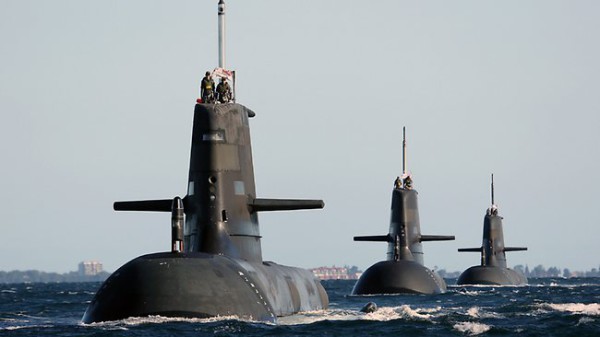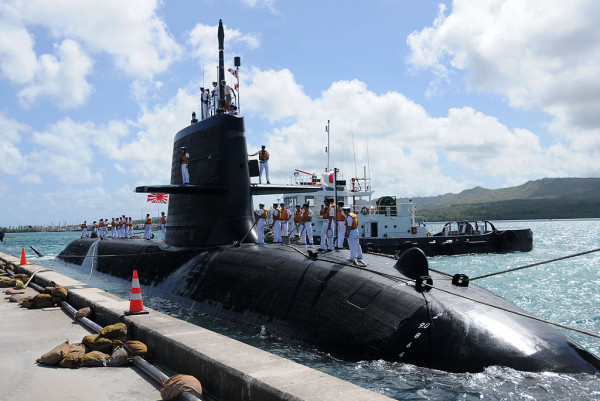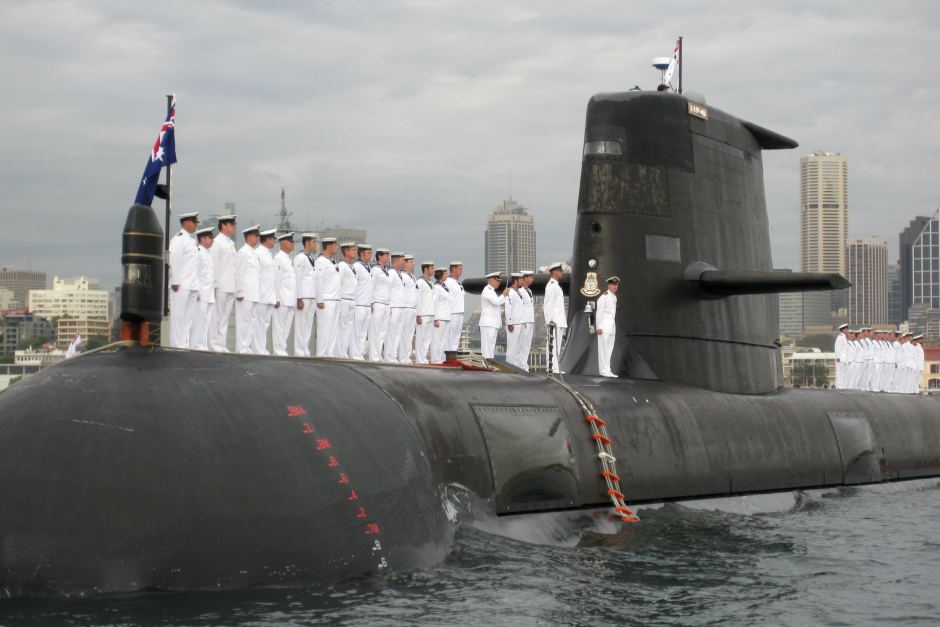The Royal Australian Navy (RAN) currently operates a fleet of six Collins-class diesel-electric submarines. Built between 1990 and 2003, the submarines were constructed domestically at the Australian Submarine Corporation’s dockyards in Adelaide and were based on Swedish designs. Despite not having seen active combat since the First World War, the RAN’s Submarine Service has undertaken surveillance operations in the broader region from its base at HMAS Stirling in Western Australia. The Collins-class is considered “among the most capable conventional submarines in the world”. After a highly critical report in 2012, the RAN’s Submarine Service underwent substantial reforms that resulted in considerable performance improvements. However, the report’s author warned that for continued use of the submarines to be possible the “navy, the Defence Materiel Organisation and industry must build and keep the highly trained workforce needed to maintain and crew the submarines”.

First outlined in the 2009 Defence White Paper, the effort to replace the RAN’s Collins-class fleet is officially known as the SEA 1000 Future Submarine Project. According to the Australian Submarine Corporation (ASC), the proposed new submarines would need advanced capabilities beyond those available in the Collins-class. Specifically, the submarines would need to be capable in not only “anti-submarine warfare”, but also “anti-surface warfare” and have the ability to launch targeted strikes on surface targets. In addition, the submarines would need to be equipped for supporting “both special forces and advance force operations”. The Australian Government clearly believes diesel-electric submarines would be most cost-efficient than nuclear-powered ones.
In recent years, there had been speculation that acquiring twelve new submarines could potentially cost Australia over $36 billion dollars (particularly if built by the government-owned ASC). As a result, there is a move towards other off-the-shelf options that could cost considerably less. According to one media report from early September of this year, the Australian Government is considering “the Japanese-built Soryu Class submarine to replace locally built Collins Class boats as the navy’s key strike weapon beyond 2030”. Despite having a substantially shorter range than the current Collins-class, such an option could come with a significantly lower price tag (possibly close to $20 billion). Despite domestic political pressures to build the submarines in Australia, concerns had been expressed about cost overruns and serious delays (serious problems that have plagued the Australian Submarine Corporation’s recent projects).

The Collins-class submarine replacement project is an important case study, particularly for other middle-powers like Canada. Defence procurement and industrial policy often have a close and conflicted relationship. But this is particularly the case for countries that lack the proper defence industry base for building such specialized equipment. In many ways, it highlights the long-standing tension between the efficient use of public funds and domestic political considerations. As governments around the world attempt to balance their budgets, using defence procurement to subsidize domestic industries has become increasingly difficult to justify.
The Collins-class replacement project also emphasizes the stark contrast between Australia and Canada. In Australia, there is some degree of political consensus that the acquisition of new submarines is essential for the future of the Royal Australian Navy’s force projection capabilities. In contrast, the Royal Canadian Navy’s submarine fleet has been heavily criticized for serious accidents, lengthy repairs and cost overruns. Under past Liberal governments and the current Conservative one, it is clear that submarines are not a major defence priority. Australia’s geopolitical context is very different from our own, but the Collins-class submarine replacement project has valuable lessons for the future of Royal Canadian Navy’s own submarine fleet.




